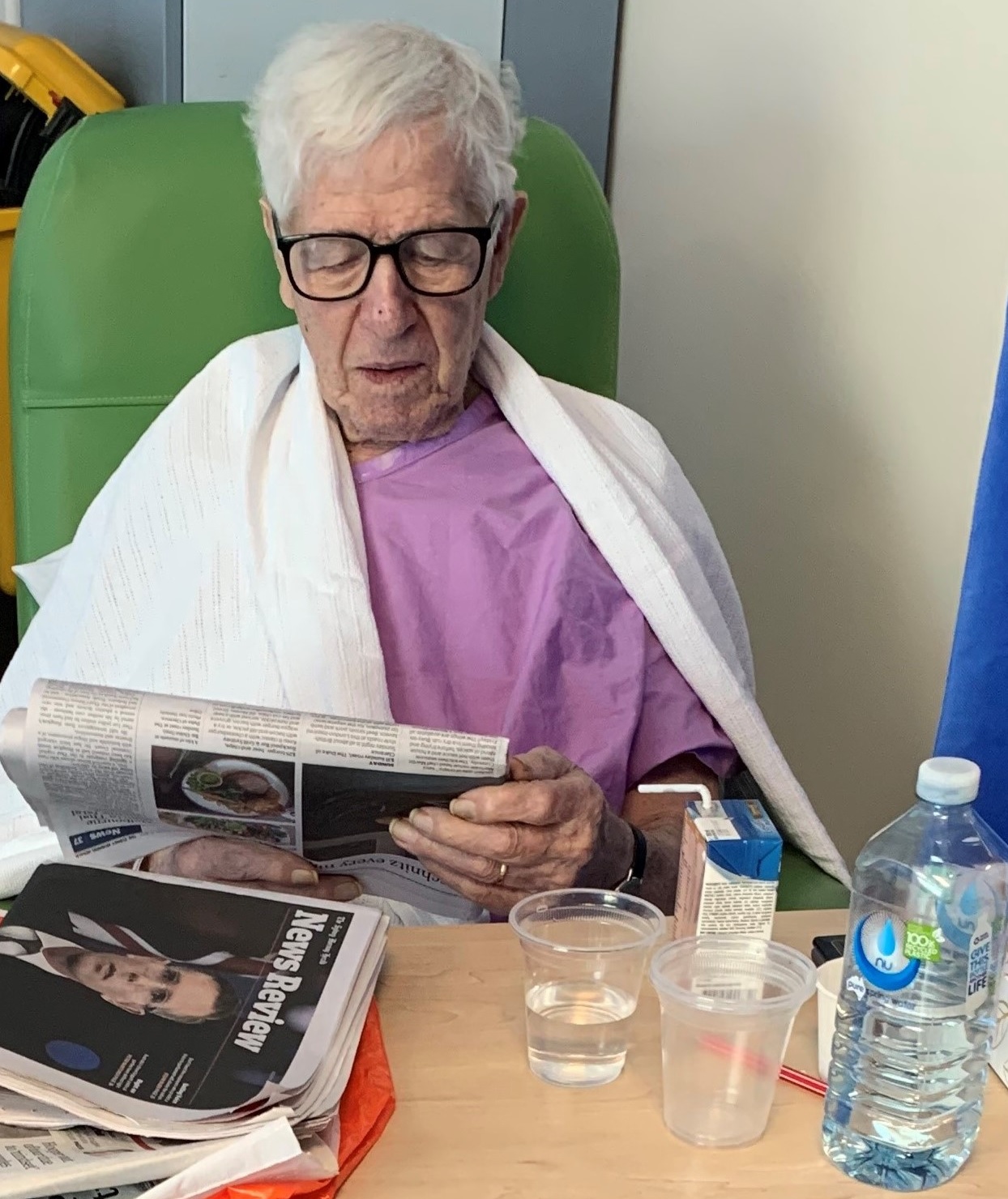Recent health policies have recommended keeping older people out of hospital wherever possible – but given our ageing population, is this actually feasible? That’s the question we’re asking ahead of Ageism Awareness Day today – 7 October.
According to Queensland statistics, in four years’ time (2026) people aged 65 years and older will account for 17.3 per cent of the population. When you factor in age-associated conditions (nationally, approximately 80 per cent of this cohort have at least one chronic health condition and 28 per cent have at least three), it’s impractical to believe that we will not see rising numbers of older people where hospital care is necessary.
As the Clinical Director of Research and Education for the Department of Internal Medicine and Aged Care at the Royal Brisbane and Women’s Hospital (RBWH), Professor Alison Mudge said most older people will need acute inpatient care for serious illness, injury or surgery at times, and we need to make sure our hospitals are ready to deliver this care as well as possible.
“It is clear in the literature that while poorer outcomes experienced by older people can be a result of comorbidities and other complexities, some of the harm is created because hospitals are not always well designed for the older person.”
After caring for increasing numbers of older people, Prof Mudge focused her PhD research around improving models of care for older people and through this work was able to show systematic differences in outcomes for older people cared for under a tailored, multidisciplinary model of care.
“I became interested in older person-friendly hospitals and trying to improve the care, culture, and environment for these patients, so we don’t cause hospital-acquired complications such as delirium and functional decline,” she said.
Delirium is the most common complication for older persons, with 20-30 per cent of older people developing delirium when in hospital. It also costs Australia $8.8 billion a year and increases an older person’s future risk of dementia, generating additional impact on health and social care systems beyond hospital walls.
“Delirium is so common, we’ve just accepted that that’s what happens. But this is not normal, it’s harmful and distressing for older people and their families. It increases nursing needs and leads to falls and functional decline,” Prof Mudge explains. Fortunately thanks to Prof Mudge and her team, Queensland already has the answers.
“We already know what we need to do– we need to help older patients with eating and drinking normally, mobilising early within their functional limits, and accessing meaningful social and cognitive experiences. We know these measures halve their risk of delirium,” she said.
Following a pilot program, with funding from a Queensland Accelerate Partnership Grant, Prof Mudge and her team have been able to definitively prove the EAT WALK ENGAGE program – which incorporates the above concepts - reduces delirium. On average, the program prevents more than one case of delirium for every ten inpatients - a substantial difference. And the good thing is it’s already in place in 18 hospitals in Queensland.
Thanks to funding from Clinical Excellence Queensland, Prof Mudge’s multidisciplinary team at the RBWH have been leading the statewide rollout of EAT WALK ENGAGE.
“We have managed to implement a high-fidelity program in at least two wards in most large hospitals. Changing care practices at scale is really exciting to see,” she said.
Implementation of the ward-based model requires a lead facilitator, a specially trained nurse or allied health professional who tailors the program to the environment. Facilitators are trained in gerontology and implementation science and supported by a network of peers to continually develop their skills.
“Facilitators work with teams to unpick all the details to understand barriers to older person-friendly care. It’s iterative, localised changes,” Prof Mudge said.
“Sitting out in a chair for meals, for example, is more normal and supports a patient’s manual dexterity. The EAT WALK ENGAGE program allows patients to follow their normal routines such as brushing their teeth or reading the newspaper.”

A focus for the team moving forward will be ensuring equitable access to the model, given it is currently only available in some parts of the state.
“It’s a ward-based model but resourcing can be tricky in smaller sites. We are really interested to partner with others to develop a tailored model.”
Longer term, Prof Mudge hopes an ongoing roll out of EAT WALK ENGAGE will help to challenge institutional ageism and create compassionate staff who understand, listen, and respect older persons, who are cared for in purpose-built facilities. “All better care costs money, but there is a clear return on investment.”
And with a large capital program in the pipeline for Queensland, Prof Mudge is hoping new and redeveloped hospitals are designed with older patients in mind. “The literature supports a very specific design for older people with way finding, points of interest, visual contrast, and visual cueing. Some facilities have done it beautifully – like Mackay Base Hospital which was designed with clinical workflow and patient care in mind.”
To find out more about EAT WALK ENGAGE visit our Improvement Exchange. To find out how to implement the model in your facility, contact the team via email at EatWalkEngage@health.qld.gov.au.